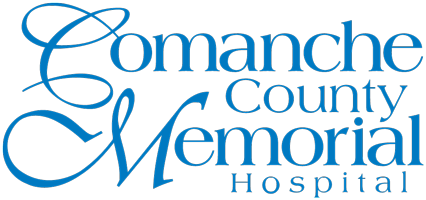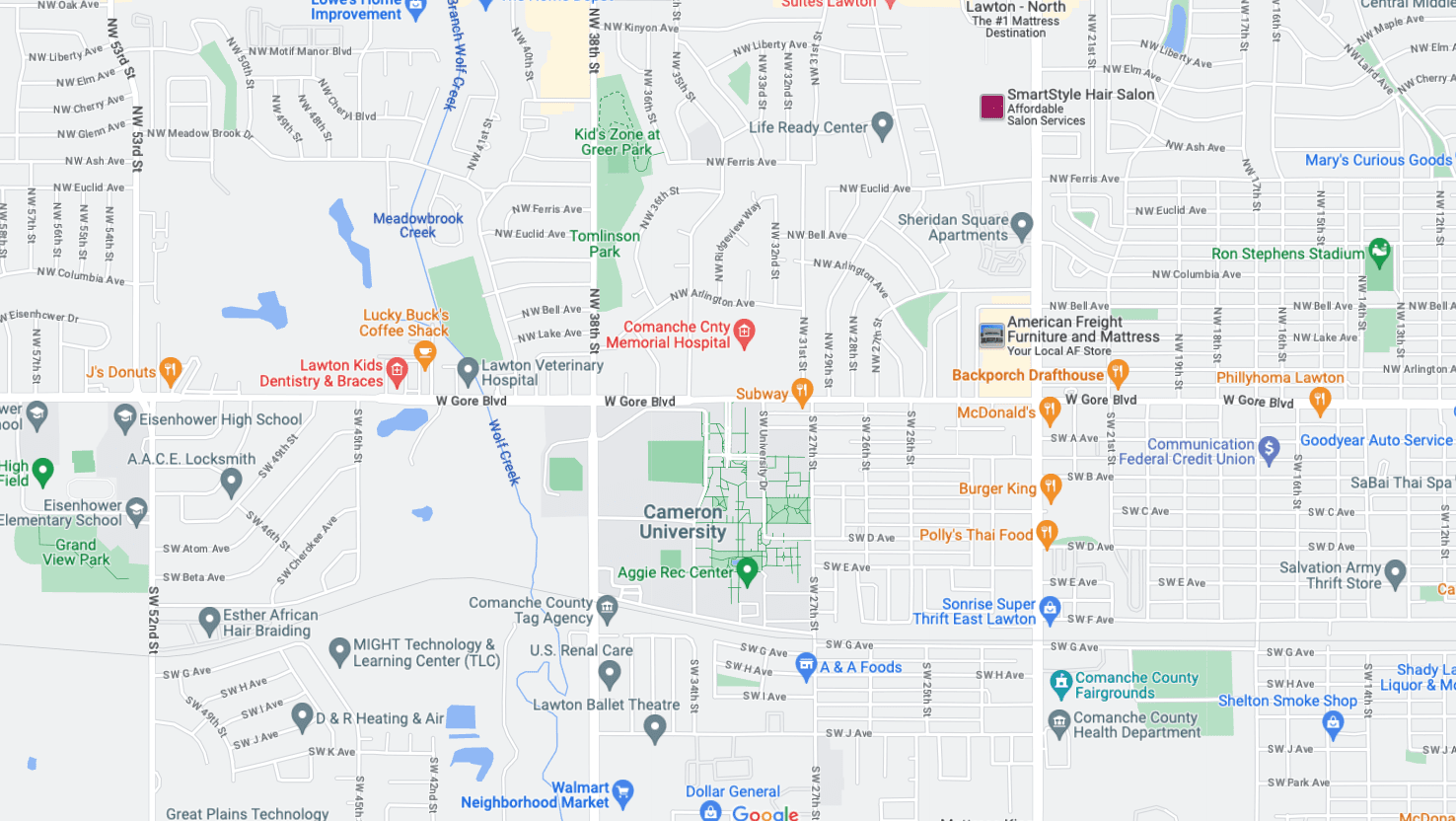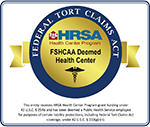Types of Sleep Disorders

There are many different types of sleep disorders, most of which are not recognized by the people who suffer from one. Sleep disorders are increasing every day in the United States and other countries. They are increasingly becoming the most frequent reasons for automobile accidents in the United States. If untreated, sleep disorders can cause other health-related problems, including heart attacks, strokes, congestive health failure and contribute to the severity of other diseases.
Some of the most common sleep disorders include:
Insomnia
Difficulty in falling asleep and staying asleep is known as Insomnia. It can be caused by stress, excitement about an upcoming event or worry and should not be a long term problem. People who experience insomnia frequently may have another problem causing the insomnia events. Insomnia can also be caused by other sleep disorders
Shift Work Disorder
Shift Work Disorder includes symptoms of insomnia and tiredness and is due to the body not being able to have a regular sleep cycle. It is common in many people who work at night or change work shifts frequently.
REM Behavior Disorder
REM Behavior Disorder includes sleepwalking and even acting out your dreams. This is also a more rare sleep disorder. It can also be hereditary and is common in adolescents and teenagers. Although not common in adults, if this disorder is present, it indicates a more serious problem that should be treated.
Pediatric and Adolescent Sleep Disorders
Pediatric sleep disorders are very common, occurring in up to 30 percent of children, with significant adverse impact upon the child and/or the entire family. All of the sleep disorders that affect adults have a pediatric counterpart. The most common problems are of the sleep/wake schedule (difficulty falling or staying asleep, or inability to sleep at desired times). Infants and children also suffer from sleep apnea. Narcolepsy typically begins in adolescence and may affect younger children. Unusual motor behavior during sleep may result from night terrors, sleepwalking or nocturnal seizures.
Periodic Limb Movement Syndrome
Symptoms of Periodic Limb Movement Syndrome include involuntary twitching of the arms or legs, often during sleep. The frequent movement of the arms and legs disturb a person’s sleep and cause symptoms of tiredness in the morning. This disorder is common for people who already have restless leg syndrome.
Obstructive Sleep Apnea
Obstructive Sleep Apnea is one of the most common sleep disorders people have today. It occurs when the tissues and muscle, in a person’s upper airway cause an obstruction. These excessive tissues or muscles of the airway relax and fall back closing off the airway and breathing for 10-90 seconds at a time. As the airway is closed off several times, a person’s sleep is interrupted during the night as well. When a person’s sleep is interrupted many times during the night, it becomes difficult to have a deep restful sleep.
Narcolepsy
Narcolepsy is a less common type of sleep disorder. It includes symptoms of excessive sleepiness, hallucinations just before and after sleep, muscle weakness and sometimes paralysis with increased emotional events. Some who suffer from this disorder may also experience an inability to move for several minutes after waking. It can be hereditary and is most common in people between the ages of 18-30. It is treatable with medication.
Contact Us
Phone
Address
Lawton, Oklahoma 73505



